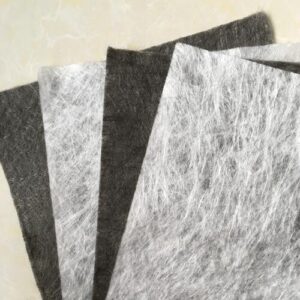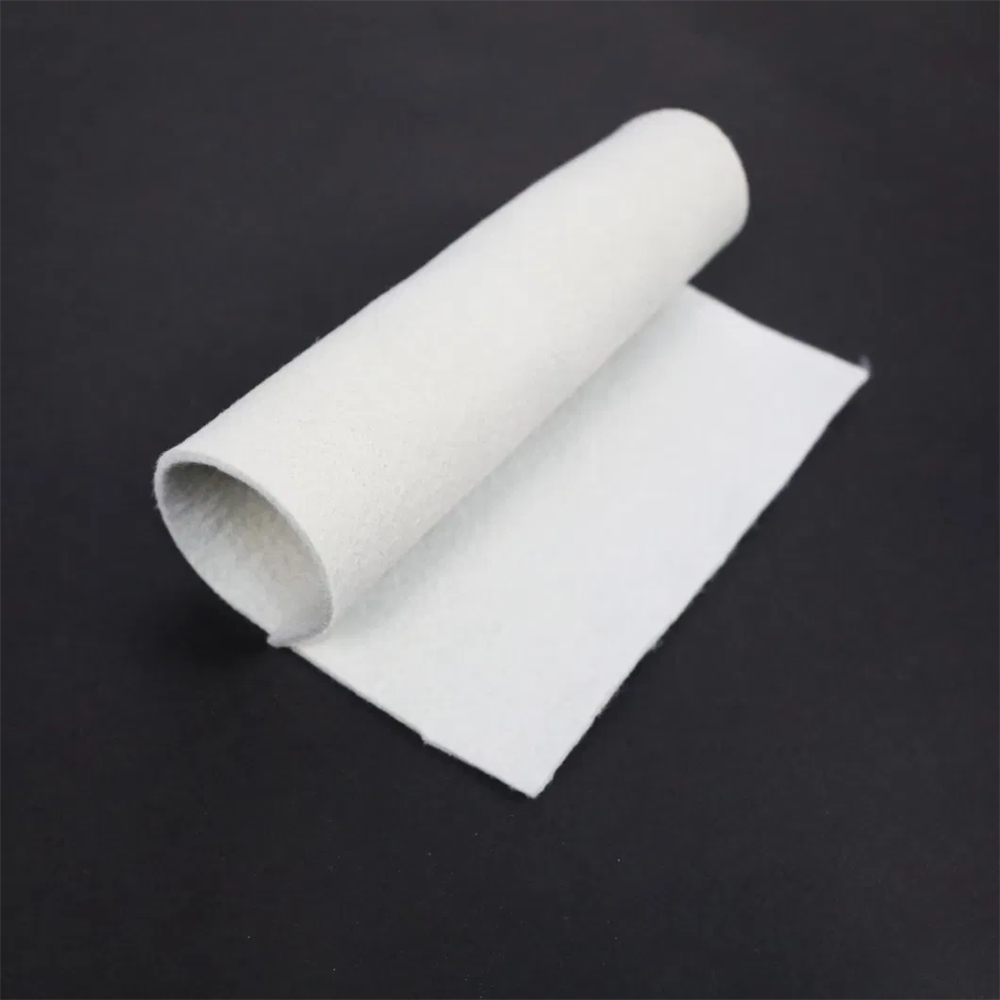What is the density of geotextile?
The density of geotextiles usually does not refer to the actual density of the material, but to its mass per unit area, that is, mass density. The density of geotextiles is generally expressed in grams per square meter (g/m²) or grams per square centimeter (g/cm²).
Geotextile density can vary depending on specific uses and requirements. Different types of geotextiles, such as short fiber geotextiles, long fiber geotextiles, needle punched nonwoven geotextiles, etc., may have different densities. Density selection usually depends on engineering design requirements, including required filtration, drainage, tensile strength and other properties.
In geotechnical engineering, the density of geotextiles is an important engineering parameter, which affects the mechanical properties and engineering functions of geotextiles. Designers usually select geotextiles of appropriate density based on the needs of a specific project to meet the project’s requirements.

Is geotextile with high density better?
The density of geotextile is not that the higher the better, but the appropriate density should be selected according to the specific engineering requirements and application environment. Different types and specifications of geotextiles have different performance requirements in different engineering scenarios, so the selection of density requires comprehensive consideration of multiple factors.
Here are some considerations related to geotextile density:
Filtration performance: One of the main functions of geotextile is filtration. Higher density geotextiles generally have smaller pore sizes and are more effective at blocking soil particles from passing through, improving filtration effectiveness.
Tensile Strength: Density is related to the tensile strength of the geotextile, with higher density geotextiles generally having better tensile strength. This is important for applications that are subject to tensile or compressive forces in engineering.
Water flow capacity: The choice of geotextile density is also related to the required water flow capacity. Certain applications require geotextiles that can allow water to pass through without impeding drainage.
Engineering environment: Different engineering environments have different requirements for geotextiles. For example, in high water or humid environments, a geotextile with anti-corrosion and anti-biofouling properties may be required.
Cost considerations: High-density geotextiles will generally be more expensive. When selecting, performance needs and cost considerations need to be balanced to find the most economical and suitable solution.
Therefore, the selection of geotextile density should be based on the requirements of the specific project, taking into account multiple factors such as the geotextile’s filtration performance, tensile strength, water flow capacity, and engineering environment.
During the design process, work with geotechnical professionals to ensure that the geotextile selected will meet the requirements of the specific project.
What usage scenarios require high-density geotextiles?
High-density geotextiles are often used in engineering scenarios that require strong filtration, corrosion protection, tensile strength and durability. Here are some common scenarios that require the use of high-density geotextiles:
Anti-corrosion protection: In situations where it is corroded by chemicals or has a corrosive environment, such as in sewage treatment plants, chemical plants, and acidic soils, high-density geotextiles can provide better corrosion resistance and extend service life.
High tensile strength requirements: Some projects require geotextiles to have high tensile strength, especially when facing large extrusion or tensile forces, such as in soil reinforcement, slope protection, bank protection and other projects.
High Permeability Needs: Selecting a high-density geotextile is a common practice when smaller pore sizes are required to prevent the passage of particles while maintaining geotextile permeability. This may be important in some foundation works and drainage systems.
Long-term exposure to ultraviolet rays: In environments with long-term exposure to ultraviolet rays, such as solar projects and road projects, high-density geotextiles are usually better able to resist ultraviolet radiation and extend their service life.
High water level or humid environment: In high water level or humid environment, the geotextile is required to be resistant to water immersion, moisture, and biological adhesion. This can usually be achieved by selecting a high-density geotextile.
Soil improvement projects: In soil improvement projects, the engineering properties of the soil can be effectively improved by strengthening the tensile strength and filtration performance of geotextiles.
When selecting geotextiles, engineering designers need to weigh various factors based on specific project requirements and environmental conditions to ensure that the selected geotextiles can provide the best performance in specific usage scenarios.
High-density geotextiles are often a solution chosen to cope with more demanding engineering requirements and environmental conditions.
Author
-

Founded in 2002, Tinhy's team focuses on the manufacturing, marketing, installation, application and research and development of geosynthetic materials.
View all posts




